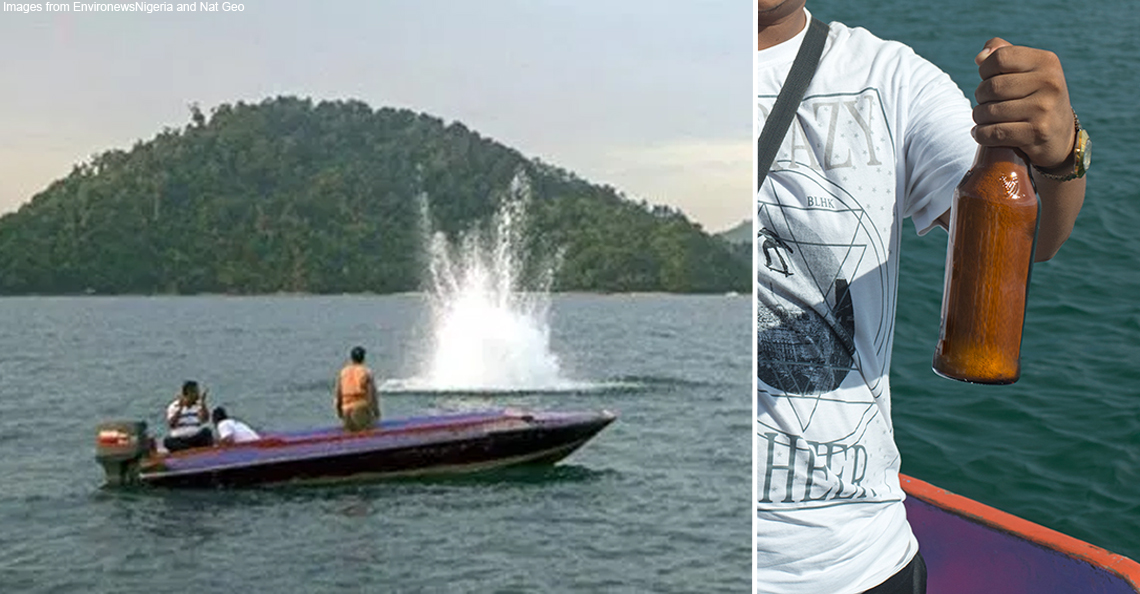This angmoh actually went to Sabah and video-ed a fishbombing
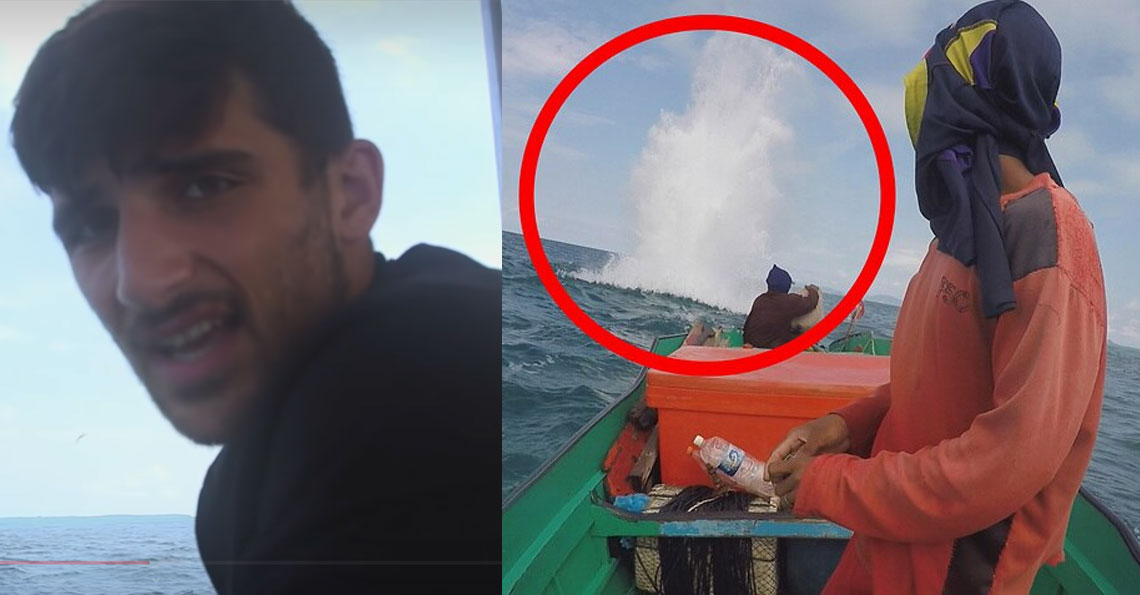
- 1.9KShares
- Facebook1.8K
- Twitter8
- LinkedIn6
- Email10
- WhatsApp18
It was a bad week for Sabah last week, as Chinese tourists Zhao Zhong and Xu Yingjie as well as their dive instructor Ab Zainal Abdu were killed after fish bombs apparently went off where they were diving. If you yourself happen to dive every now and then, you’ve probably already seen the outrage happening on social media.
After the tragedy came widespread condemnation and concern from authorities, including Semporna MP and Sabah chief minister Datuk Seri Mohd Shafie Apdal, who called for strong action to be taken. The police meanwhile have already arrested 10 people, and have also investigated a further 95 fishing boats earlier this week.
And yet despite that, the Agriculture and Agro-based Industry Minister Datuk Salahuddin Ayub had a slightly different view, denying that fish bombing and blast fishing has become rampant in Malaysia. Deputy Tourism, Arts and Culture Minister Muhammad Bakthiar Wan Chik also downplayed the tragedy saying that it was just an isolated case.
“It (fish bombing) is quite rare nowadays, but we still have a problem,” – Datuk Salahuddin Ayub, Agriculture and Agro-based Industry Minister, as quoted by The Sun

However, various opposition leaders in Sabah have criticised Salahuddin’s statement, with former Sabah chief minister Yong Teck Lee calling Salahuddin an ‘example of ministers who are eager to sound smart without knowing facts on the ground’.
Amidst this conversation, we actually found a video called ‘Meeting Malaysia’s Fish Bombers’ that a journalist made, actually going to Sabah to look for the fish bombers, and he actually found one!
The money shot is at the 11:35 mark, but the video actually paints a compelling case that Fish bombing is NOT an isolated or rare occurrence.
In just one 20km area in Sabah, there were 2300 blasts recorded in a year
We got in touch with ReefCheck Malaysia – an NGO who works to conserve coral reef – and they provided us with some shocking data that may be contradictory to Salahuddin’s claims.
From June 2015 to June 2016, they recorded 233 blasts in a 4.5km radius around Mantanani Island in Sabah, believed to be due to blast fishing. Another 2068 explosions were recorded in further waters (4.5-10km) around the island. That’s over SIX fish bombs going off every day in just one location. Meanwhile, in Semporna things are just as bad if not worse, with a separate study by WWF Malaysia between June to Sept 2018 finding 263 fish blasting incidents in just those four months.

This of course has terrible repercussions on marine life. In the documentary, you can see just how bad the situation is underwater. The island of Pom Pom, Sabah, once home to some of the best coral reefs in the world and a habitat for thousands of species of fish, now has a barren wasteland underneath due to fish bombing. Without coral, the fish population itself is affected, leading to fishermen having to go to more and more places to blast fish, leading to more coral affected.
“Before blast fishing, these reefs (in Pom Pom) were comparable to the Great Barrier Reef, could have even been better… This is the result of decades of blast fishing,” – Tom Gibson, marine biologist, as quoted from the documentary Meeting Malaysia’s Fish Bombers
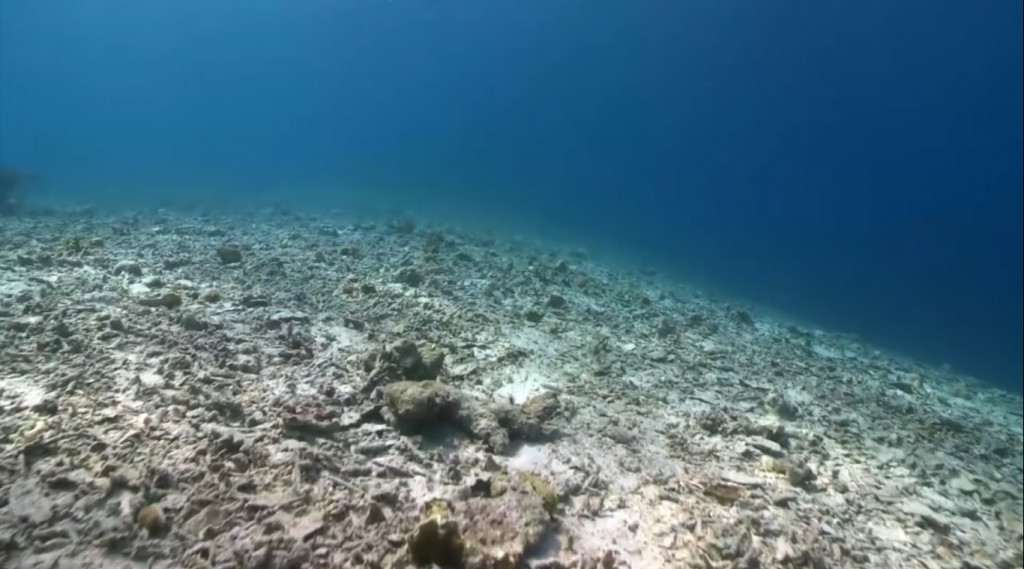
Now ReefCheck used some high tech blast detectors to measure how often these fish bombs go off. You can find out more about the tech here, but essentially these devices can identify fish blasting when it happens. Originally meant to detect gun shots in high-crime areas, these devices were repurposed by groups seeking to stop fish bombing and turned them into underwater blast detectors.
So if the tech is there, why can’t the fish bombers be caught?
“Just catch them and throw them in jail la what’s so hard?!”
Well despite reports in 2016 that the Sabah govt was looking at implementing this fish bomb detecting technology, the problem of fish bombing still seems exists, as shown by the tragedy in Semporna last week. And it could be because of a possible lack of enforcement by the authorities.
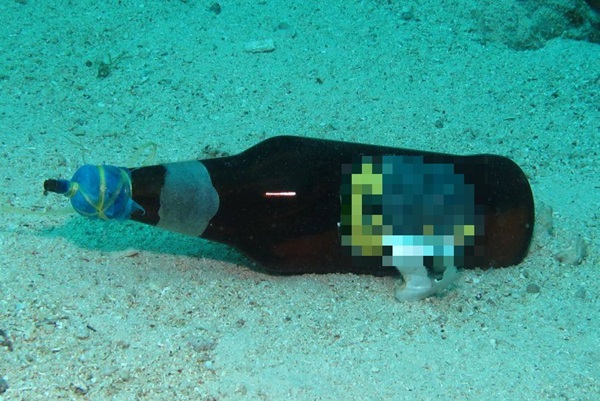
There currently are laws in place to take on fish bombing. Section 26 of the Fisheries Act 1985 states that it’s illegal to use explosives, poisons, pollutants or devices using electricity to catch fish. Using or attempting to use these methods could lead to a fine of up to RM20,000 and/or jail time of up to 2 years.
However, when it comes to the enforcement of these laws, things get a little bit slipshod, with the recent tragedy involving the divers leading to calls for more enforcement by various govt officials. Enforcement can be so lax at times that in Meeting Malaysia’s Fish Bombers, the host Benjamin Zand met with a fisherman who’s been fish blasting for years without being caught. It also doesn’t help that you can get the homemade explosives for cheap, with both ReefCheck and Zand putting the cost as around RM15 a bomb.
“We’ve seen fish bombs sold around Sabah for as low as RM15,” – Julian Hyde, Reef Check Malaysia General Manager, in an interview with CILISOS
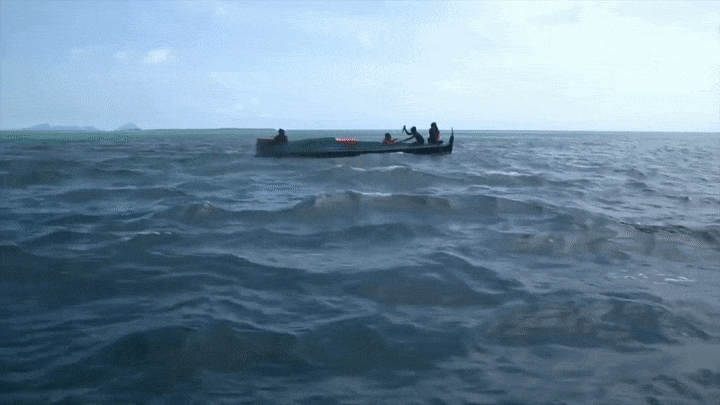
In the documentary, Zand also met with a member of the Kota Kinabalu City Hall who’s responsible for the licenses given to fish traders, who said that there’s not enough law enforcement agents going around markets and restaurants to check for fish caught illegally. The city hall member adds that there’s also no terms in the law that allows him to revoke the license of businesses who sell illegally caught fish.
Of course, this is probably the part where you start asking ‘how can so selfish, bomb fish to sell fish?!”. Well, it might help to put yourselves in the shoes of the people who blast fish.
“Why these fish bombers so inconsiderate?!”
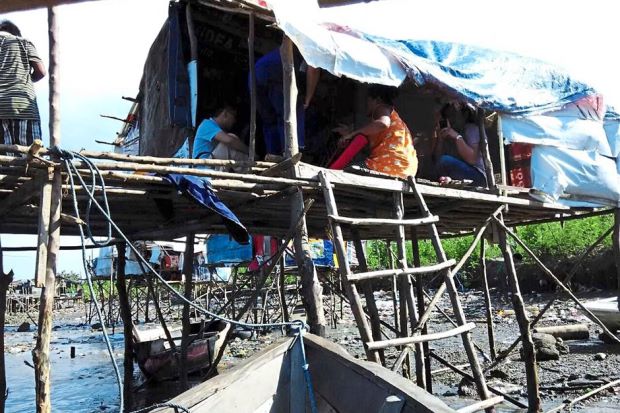
So real life often isn’t as clear cut as simply ‘good guys’ and ‘bad guys’. Actually, the whole situation is pretty messy. Let’s start with why people are fish bombing. We can pretty safely say that fish bombers don’t drive Rolls Royces.
A lot of the blame for fishbombing is going to stateless people a.k.a. sea gipsies. These are basically entire generations of people living in Malaysia for various reasons without any sort of identification. Thus, their children can’t obtain identification, and thus can’t get a bank account, an official education or anything. The fisherman who blasts fish told Zand that he tried to stop fish bombing, but it was a means to live off the ocean, The govt also doesn’t help them, and with no options left, they resort to fish bombing for money. It’s hard to care for the environment when you have a starving family and no fixed form of income.
A cause and further effect is also that traditional fishermen in East Malaysia who use harpoons are struggling to catch fish these days with rampant fish bombing meaning that fish stocks have dwindled. So a number of locals also practice fish bombing due to how quick and cheap it is to catch a large number of fish.
“We don’t have enough data, but based on the data we do have, we know the locals are fishbombing as well,” – Julian Hyde, Reef Check Malaysia General Manager, in an interview with CILISOS
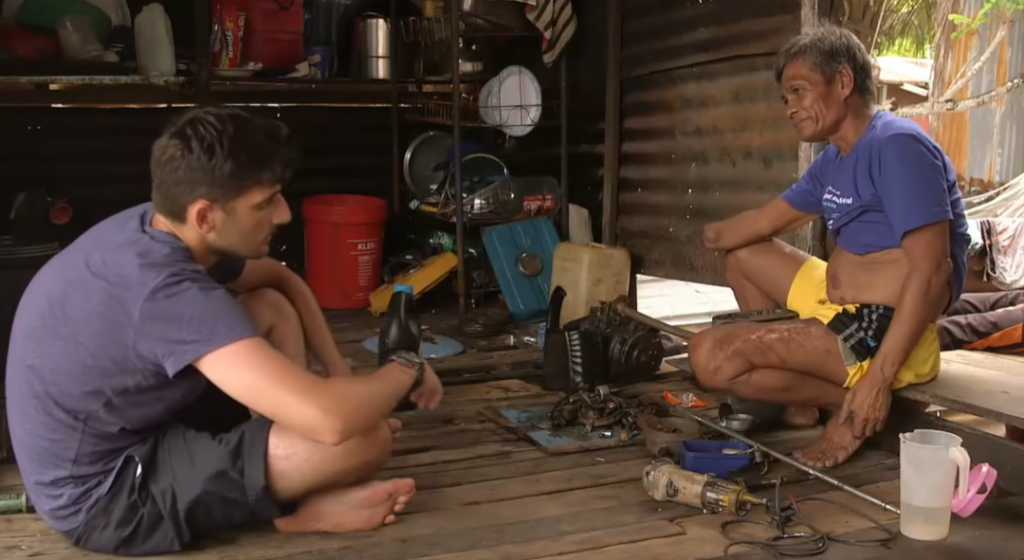
“I lost my arm fish bombing near Ligitan Island. I tried to light the fuse and it exploded instantly… I was blown off my boat. I knew it was dangerous, but I thought I would be okay if my friend showed me. He was catching so many fish this way, I wanted to be like him,” – Fisherman from Meeting Malaysia’s Fish Bombers
You might think the situation is dire, and it might very well be, but it isn’t hopeless.
Sabah once took serious action to save Pulau Sipadan’s coral reefs
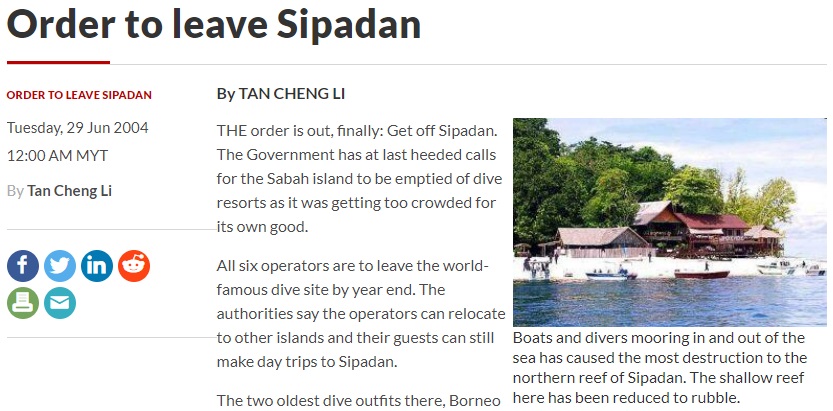
Of course, we understand that something as complicated as the practice of fish bombing has no easy answers. But, in terms how an example for how serious govt action can save the environment, we only need to take a look at the work done to save Pulau Sipadan.
Sipadan used to have six major dive resorts on its shores, but in 2004, authorities told them to move out of the island and base themselves elsewhere. This was because of just how unique an island Sipadan is; it was so popular that it was essentially being hugged to death by the sheer number of tourists visiting. This led to coral populations at Sipadan dropping from 90% in the 80s to just 30% at its worse stage.
The govt then took action and told the resorts to relocate (you might say this was a last resort effort #ihatecilisos). These days, the number of divers allowed is limited to just 120 a day, plus each diver going to Sipadan must pay a conservation permit fee. Further effort was made by gazetting the area as a protected park over the years, enhancing conservation efforts.
Today, Sipadan has firmly reestablished its status as one of the world’s best diving spots, driving millions of tourism dollars to Sabah.
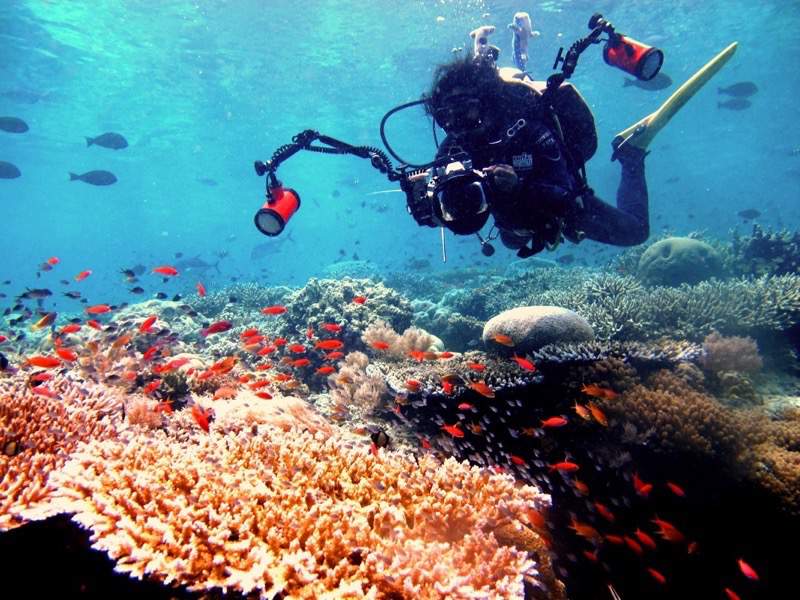
Of course, this may seem like apples and oranges. But what we’re trying to say is this: when there’s a will, there’s a way.
“Until this incident, fish bombing had nothing to do with tourism. It’s suddenly become high-profile. Look, this has been going on for years – we’ve been tracking fish bombing since 2011. I was going around to Mataking, Mabul, Pom-pom, Kapalai and everyone was asking what we were going to do about fish-bombing.
There was an WWF Anti-fishbombing Symposium in 2012, and we presented our data, and people said “we must do something, we must do something“, and six years later it kills some tourists, and people are saying the same thing again – ‘we must do something‘,”– Julian Hyde, Reef Check Malaysia General Manager, in an interview with CILISOS
This is actually the second article CILISOS has written about fish bombing. Here’s hoping we won’t have to write a third 🙁
- 1.9KShares
- Facebook1.8K
- Twitter8
- LinkedIn6
- Email10
- WhatsApp18

